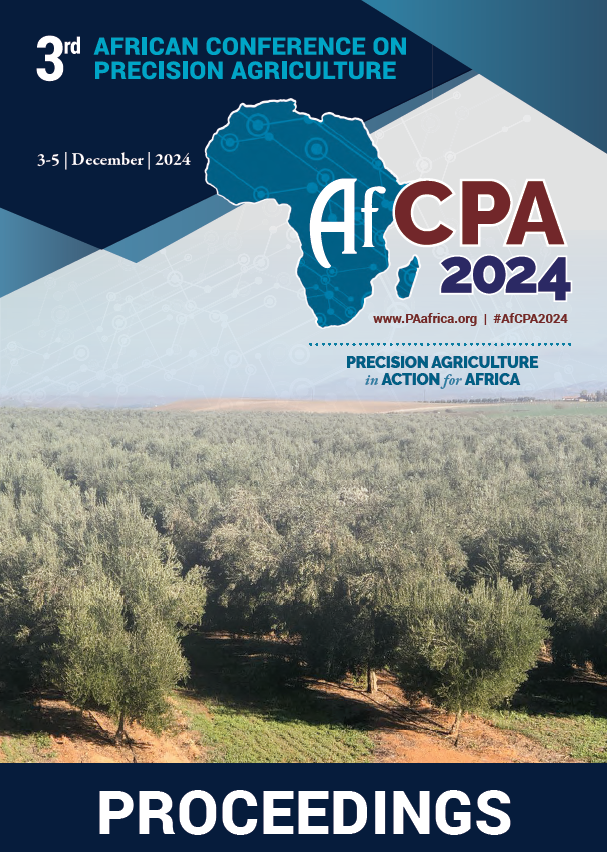Download the Conference Proceedings
Get your copy of the 2024 African Conference on Precision Agriculture Proceedings today! Download the PDF file and view all of the available proceedings.
Proceedings
Authors
| Filter results1 paper(s) found. |
|---|
1. MAPPING AND ASSESSING AFRICAN SOILS FERTILITY USING HIGH-RESOLUTION REMOTE SENSING AND MACHINE LEARNING APPROACHES: STATE-OF-THE-ART AND PERSPECTIVESAfrica is far from exploiting its true agricultural potential. United Nations Food and Agriculture Organization (FAO) indicates that the continent has 60% of non-cultivated lands worldwide. While soil fertility is well highlighted as one of the major limiting factors, only limited information is available on soil nutrient contents and nutrient availability in the African soils. Soil fertility of agricultural fields is related to many physical and chemical properties, such as texture, organic matter... M. Hmimou, A. Laamrani, F. Sehbaoui, A. Chehbouni, S. Khabba, D. Dhiba |
